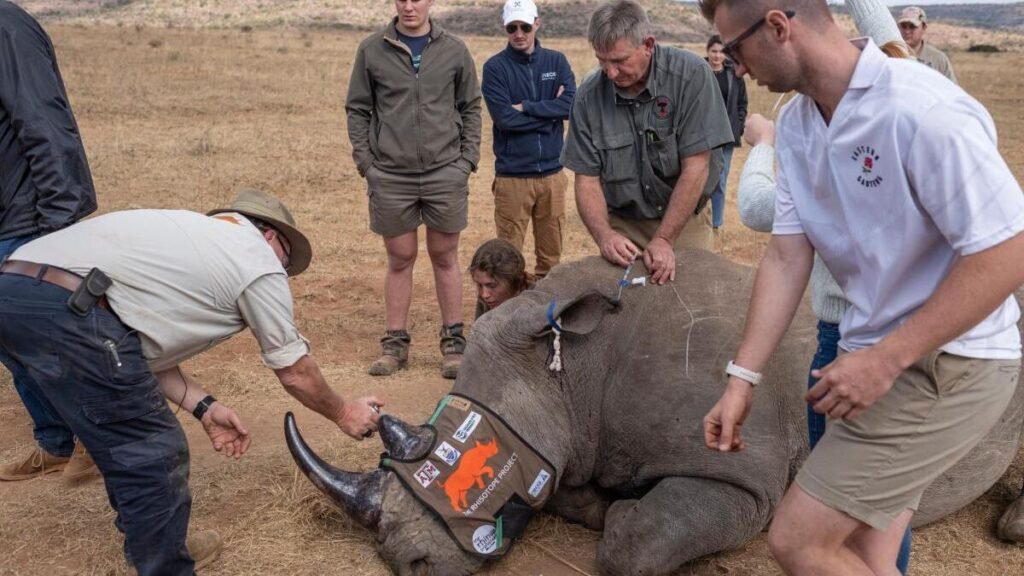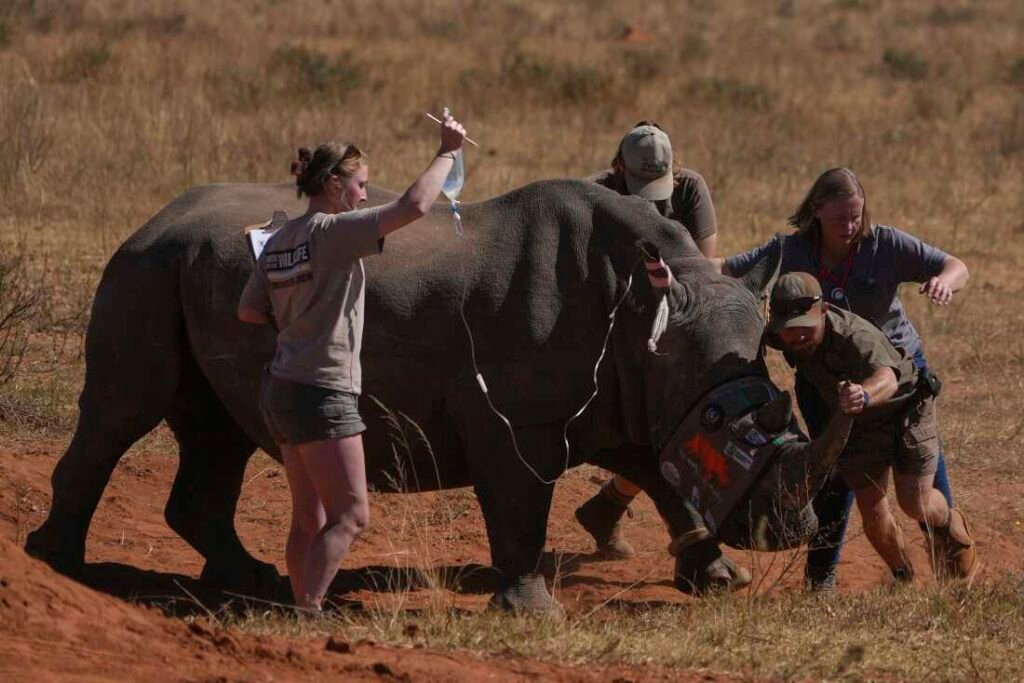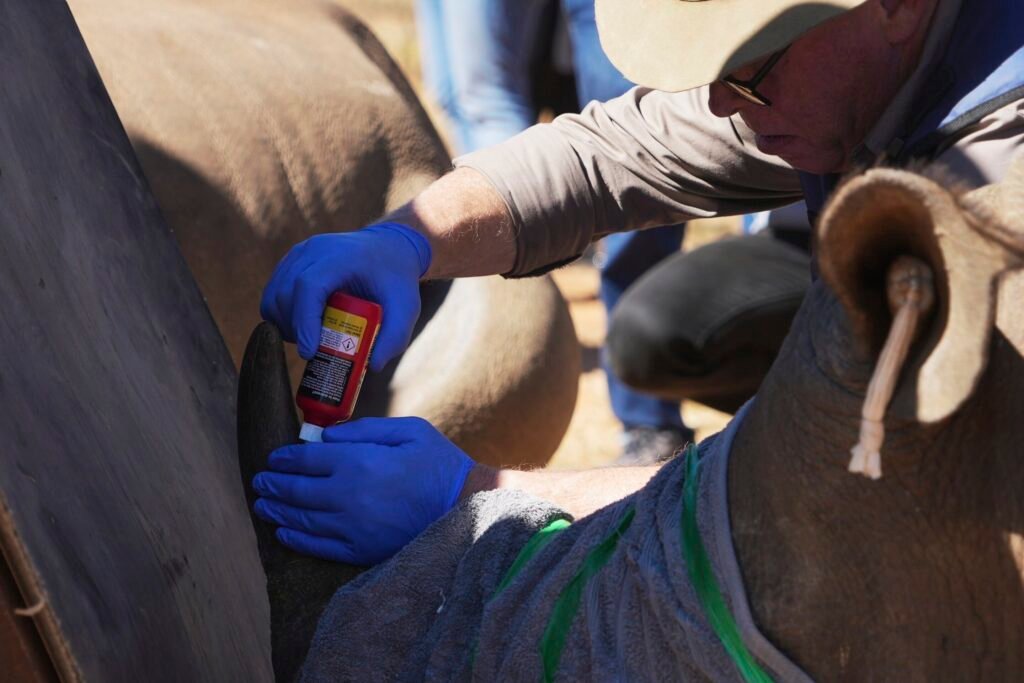Radioactive Rhino Horns: A New Weapon Against Wildlife Crime

In an ambitious move to combat wildlife crime, South African scientists have introduced a new solution: injecting rhino horns with low-dose radioactive material. This method helps border security detect smuggled horns worldwide. As a result, authorities can better target and stop the illegal rhino horn trade.
Why Radioactive Rhino Horns Are Safe for Animals but Threaten Poachers
Researchers at the University of the Witwatersrand (Wits University) are leading the groundbreaking Rhisotope Project. After six years of research, the team has confirmed the radioactive isotope is entirely safe for the animals.

“We have demonstrated, beyond scientific doubt, that the process is completely safe for the rhino and highly effective in enhancing horn detectability through global nuclear security scanners,” said Professor James Larkin of Wits University.
Global Detection Through Nuclear Technology
Working in partnership with the International Atomic Energy Agency (IAEA), the scientists found that even large shipping containers could not conceal the modified horns. This makes it nearly impossible for poachers and traffickers to smuggle them undetected.

By incorporating radioactive markers, the rhino horns trigger alarms on nuclear detection systems used at international borders and shipping ports. This added layer of security increases the chances of intercepting illegal shipments before they reach black markets in Asia.
Scaling the Project for Greater Impact
Jessica Babich, the head of the Rhisotope Project, emphasized the team’s long-term goal: scaling the project across South Africa to cover as many rhinos as possible.
“Our objective is to deploy Rhisotope technology widely, ensuring that this threatened species has a fighting chance,” she stated. “We are protecting not only rhinos but a vital element of Africa’s natural heritage.”
The Stark Reality: Hundreds Still Poached Each Year
Despite security efforts, rhino poaching remains rampant. Poachers have killed over 400 rhinos each year in South Africa since 2021, driven by demand in Asian countries where people use rhino horn in traditional medicine and value it as a symbol of wealth.

White rhinos, the most populous species in Africa, are considered threatened. The black rhino, meanwhile, is classified as critically endangered. The hope is that radioactive tracking will significantly reduce the incentive for poaching.
A Turning Point in Wildlife Protection?
This radioactive rhino horn initiative could be a turning point in the global fight against poaching. By leveraging science and international collaboration, South Africa may lead a model of conservation technology that other countries can adopt.




